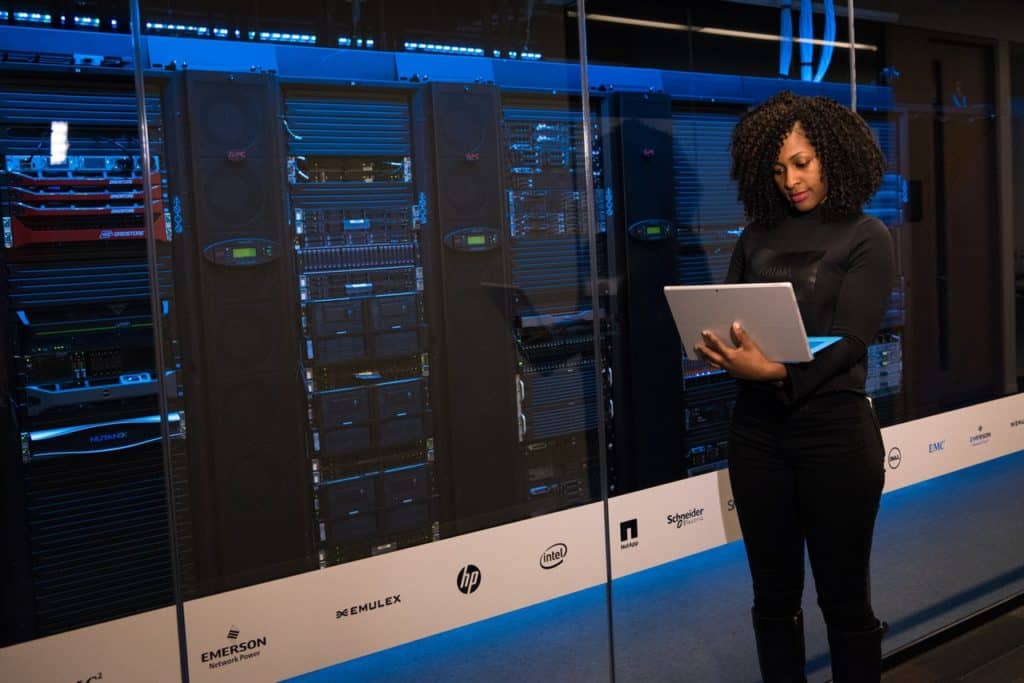Virtual Desktop Infrastructure is not something new in the cloud computing era. Some companies like VMWare introduced them way back in 2008.
While cloud-based desktops are a trend in the past, they had their share of issues for customers who wanted to scale. Virtual Desktops hosted in a single data center cannot scale as per your traffic needs or computing power.

This drawback was one of the reasons many people choose VDI over Virtual desktops. After all, the cloud is about scalability and cost savings.
When it comes to VDI, the underlying technologies have improved by leaps and bounds since the early 2000s.
Whats makes VDI different from Virtual desktops:
A virtual desktop is hosted on a cloud and cannot be as scalable and cost-effective as a VDI. A VDI is an infrastructure that runs on the cloud than a simple virtual desktop in the cloud.
Regaining trust from the consumers:
One of the main reasons for the slow adoption of the Virtual Desktop Infrastructure is the lack of faith in the cloud. Most users did not trust the cloud and believed their data was always at risk.
There have been a few cases when cloud servers hacked, but that’s not the case nowadays.
Most consumers are wary of cloud security and data protection. The trust buildup in the cloud has helped improve the deployment of VDI rapidly than before.
The reduced cloud costs have driven better implementation:
Small businesses and some medium-sized businesses were not ready to adopt the cloud for their computing needs due to increased costs of cloud maintenance.
Due to widespread cloud implementation by many organizations, the cloud option has become viable to many small and medium-sized businesses.
Earlier cloud desktops were a big deal as they were cheaper than what Citrix or VMware offers. An organization with simple needs saw them as a more economical, cost-effective solution.
When it comes to scalability, they couldn’t perform as a VDI would.
When you create an infrastructure to meet your needs or scale as per your requirements, you do not have control over your costs.
The functional differences between VDI and a cloud-hosted Virtual Desktop:
A cloud-hosted virtual desktop runs on a particular infrastructure and cannot be scaled easily without wasting money. A VDI, on the other hand, can manage with tools that help in scalability as per your needs. The primary use of their automated tools is to make sure it economical. VDI’s make sure that the upscaling or downscaling is cost-effective and automated with minimum human intervention.
As you need more desktops, they are powered on and billed as per their usage. When you don’t need that extra computing power, they will be turned off automatically, thus saving cost.
It’s an automated process of adding or deleting virtual desktops as per your computing needs by saving you money on your monthly contract with the provider.
Time-based scaling:
Suppose we need some extra virtual desktops to take additional load every night after 9 pm and up to 6 am, then we can schedule that in a VDI. That can be automated regularly and also with minimum human intervention.
Security using delegated access controls:
VDI tools can provide access to users with restricted access as per their role. You can grant them granular access over what resources he can use or modify for a particular task.
You can limit users to particular resources or let them use specific resources based on their region and location. The most advantageous thing is restricting the CPU cycles that a particular person can use when functioning or when idle.
It brings much more security as you won’t open up your entire infrastructure to your IT people at a time. One can access the desktop with the database and one with the webserver etc.
The advantages are practically more when compared to a traditional cloud-based virtual desktop. If you are looking forward to implementing a virtual desktop, rethink what a VDI can help you achieve.
There is no need to go after big brands when you need a VDI, choose according to your needs and improve your business computing capacity.